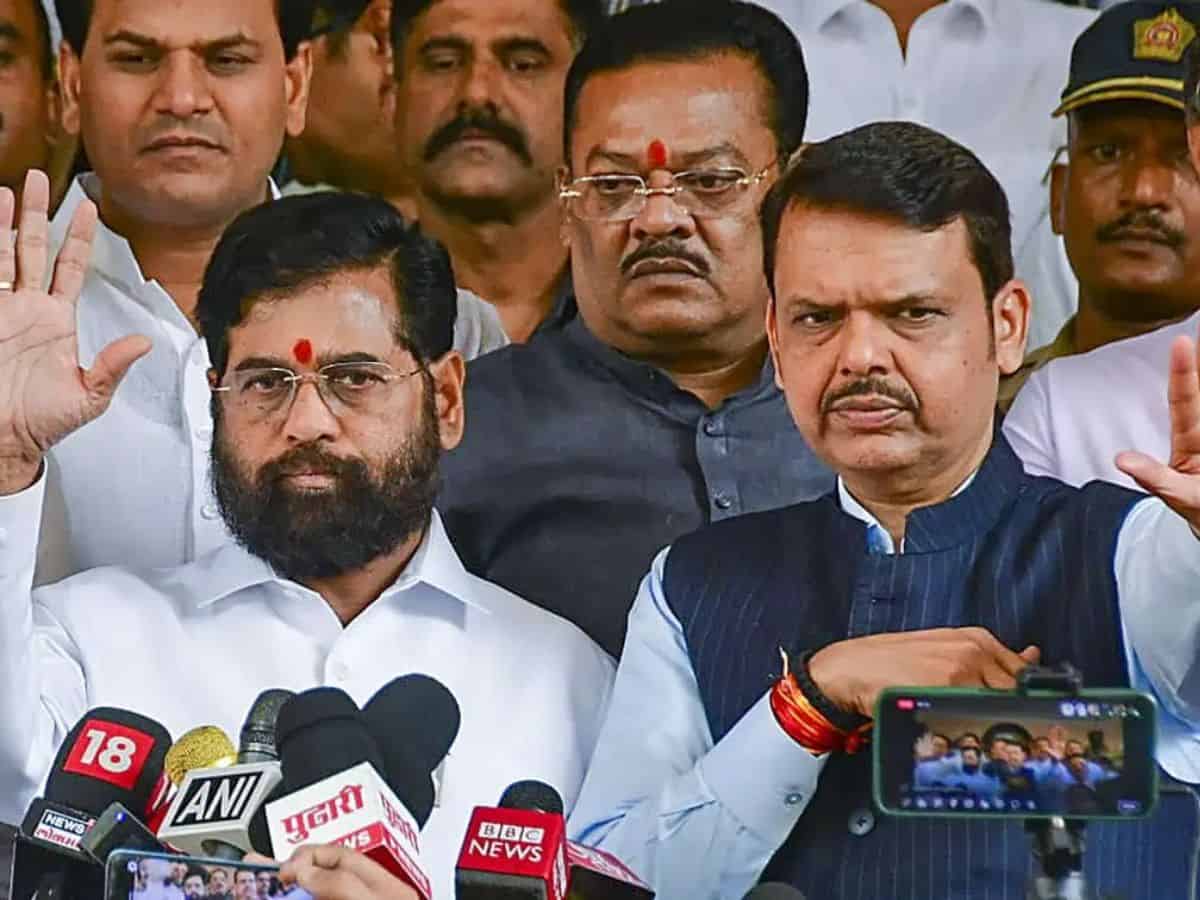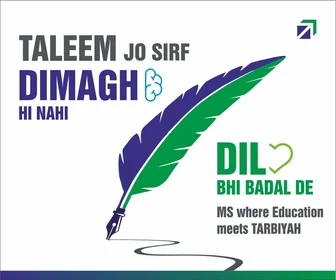
The unprecedented delay of 12 days in formation of the government by the National Democratic Alliance in Maharashtra has ultimately confirmed that the ruling coalition registered a historic victory
even though it was a badly divided house. Not to speak just about the long time taken in the ‘appointment’ of the chief minister, it remained a mystery as to why the biggest constituent, the Bharatiya Janata Party, took more than 11 days to ‘elect’ its legislative party leader in the Assembly. Devendra Fadnavis should in the normal course have been elected as the BJP LP leader the very next day of the result.
With only Fadnavis taking oath as the chief minister and Eknath Shinde and Ajit Pawar as his two deputies, it remains to be seen how long it will take to expand the cabinet. After the wrangling for the post of CM, now the tussle is on for prize portfolios, especially Home and Finance.
Even after such a big victory, things are still so confusing in this camp and the top leaders of the three ruling partners are so mistrustful of each other that it remains a puzzle as to how the NDA managed to win 230-odd seats in the House of 288. In a normal situation, such a divided house should have never won the election.
Immediately after the November 23 election result, the media was quick to hold the differences within the Congress-led Maha Vikas Aghadi responsible for its rout. At the same time, many anchors and experts showered fulsome praise on the Mahayuti workers, especially of the BJP, which enjoyed the backing of Rashtriya Swayamsevak Sangh.
Uncomfortable question
But the developments after November 23 raise a question: Was Mahayuti a united house? Or is it that if our public opinion-makers could not make out any real reasons behind the BJP’s victory they cook up the theory of rock-solid unity within the saffron camp? These gentlemen and ladies in the studios and newsrooms have no explanation as to why the same magic of unity and commitment were not shown by the diehard cadres of saffron camp in Jharkhand, where they suffered a humiliating defeat—maybe because they were already out of power. The result here too may have been different had they been in power as in the case of Haryana and Maharashtra.
There was never any such unity in the NDA camp. Whatever the journalists are speaking and writing as afterthoughts following the November 23 result the fact is that the NDA was a much-divided house than the Maha Vikas Aghadi—though it is also true that the latter had its quota of problems. Till the start of polling on November 20 there was suspense over Ajit Pawar’s post-election moves. Not only had he, but even the BJP leaders Ashok Chavan and Pankaja Munde criticized Uttar Pradesh chief minister Yogi Adityanath for his ‘Baten Gay to Katen Gay’ remarks. On the other hand the then BJP’s deputy chief minister Devendra Fadnavis jumped to the support of Yogi.
The murder of Baba Siddiqui, a leader of the Ajit Pawar faction of the Nationalist Congress Party, and that too so close to the election, added another twist to the whole political scenario. Yet the media persons hardly asked any pointed questions to the BJP bigwigs. They would have created a storm had any such sensational murder taken place in the INDIA combine-ruled state. Now the long drama in the formation of the government in Maharashtra only exposed the fact that there was complete confusion and anarchy in the NDA camp even throughout the election campaign. It is another thing that Mahayuti still
won. Perhaps the idea of ‘managing’ the media worked in its favour.
However, it is feared that if the tussle refuses to die down, the politics in Maharashtra may witness some more drama in the future. As the BJP alone has 132 MLAs, besides the support of seven Independents, there is every likelihood of Fadnavis clipping the wings of his two deputies, especially Shinde. Splitting the factions of Shiv Sena and Nationalist Congress Party led by them is not a big deal.
New culture
Since 2014 a new political culture has come into being in India, especially in the states where the BJP and its allies registered big victories. The chief ministers are ‘elected’ by the legislators after more than one or two weeks. In contrast, where the party had won the election narrowly or where it had actually lost the name of the chief minister is announced within hours. The February-March 2017 Assembly elections in Uttar Pradesh and Goa are the best examples.
Though the BJP and its allies won 320-odd seats in Uttar Pradesh in the House of 403 it took 10 days for the state to get a chief minister. There was widespread squabbling within. While the central leadership had thrown its weight behind Manoj Sinha, now governor of Jammu and Kashmir, Yogi Adityanath virtually hijacked the post.
In total contrast, Goa got a BJP chief minister on the counting day (March 11) itself even though the saffron party could win only 13 seats in the House of 40. The Congress had emerged as the biggest party with 17 seats but it was not invited first to form the government.
How rank outsiders had been installed as the chief ministers of Rajasthan, Madhya Pradesh, Uttarakhand, Gujarat, etc. came as a complete surprise to even the strongest apologists of the saffron camp in the media. First time MLAs had been thrust from the above in a couple of instances. In at least one case even the new incumbent to the top post was not a legislator.
The way the split was engineered in Karnataka after the 2018 Assembly election defeat perhaps had no parallel in the history of India. The same act was repeated in Maharashtra. In both cases, the judiciary let down the country.
As it is very easy to flog a dead horse the media persons are still busy flaying the leadership of Congress for the defeat in Maharashtra, when the question they should now ask forcefully is what had prevented the victorious camp from forming the government and distributing the portfolios at the earliest.
In the last decade, the BJP has mastered the fine art of winning elections notwithstanding massive anti-incumbency wave and bitter inner-party/alliance fighting as in Haryana and Maharashtra


